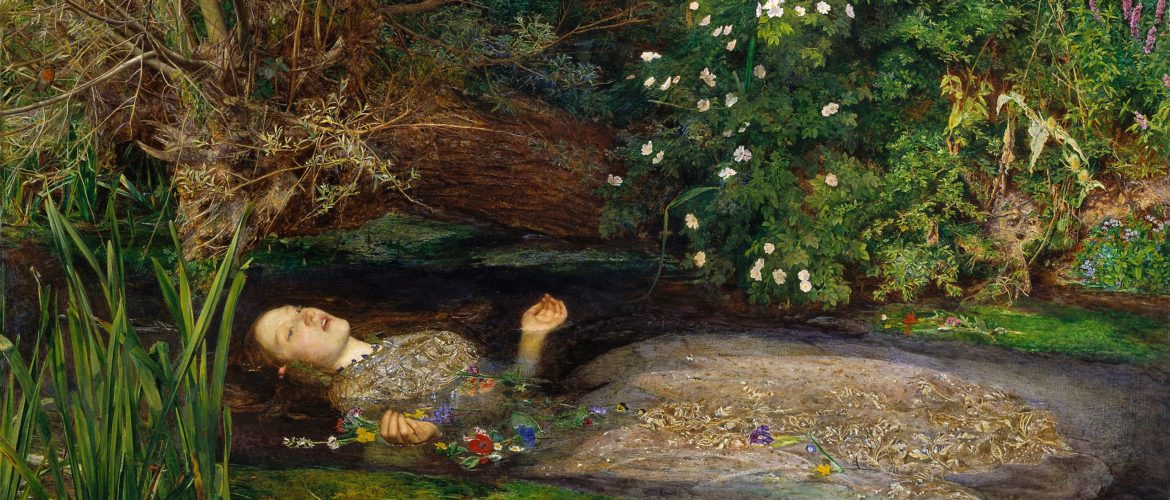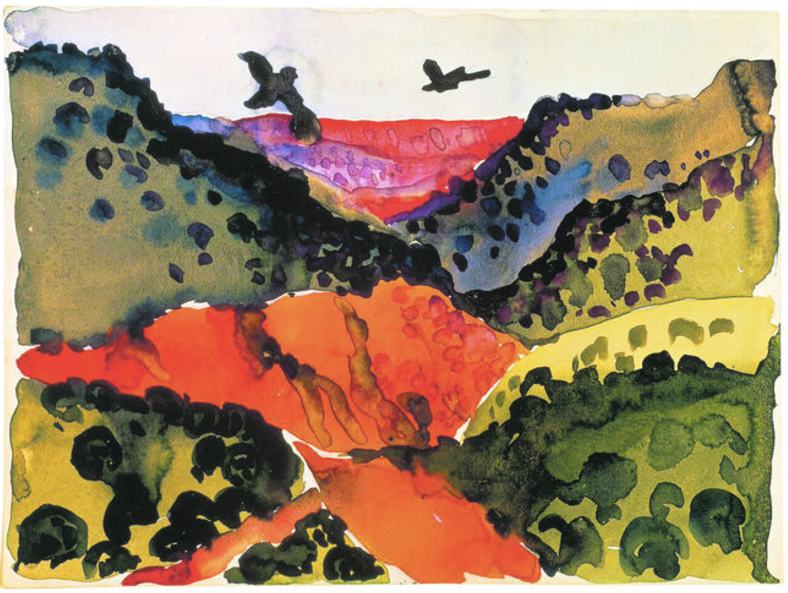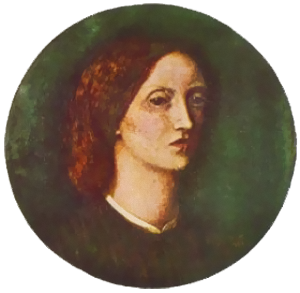Three Famous Muses Who Inspired Others and Were Artists Themselves

An artist and their muse are a tandem that has existed for as long as art itself. However, muses are more than mythical beings, beautiful metaphors, or faceless objects of affection without autonomy of their own. Today, we will talk about three famous muses who not only inspired artists but also created outstanding art themselves.
Three Famous Muses Who Inspired Others and Were Artists Themselves
Georgia O’Keeffe
Often referred to as the “mother of American Modernism,” Georgia O’Keeffe was one of the most well-known female artists of the 20th century. She is also largely known as the wife and muse of the photographer and art promoter Alfred Stieglitz who often captured O’Keeffe through the lens of his camera. While it is undeniable that Stieglitz aided O’Keeffe in becoming an established artist, her own artistic vision and talent cannot be underestimated. She was known for her unique painting style and floral motifs, which largely remained uninfluenced by the ever-emerging trends in the art world of the Modernist era.
Elizabeth Eleanor Siddal
Elizabeth Eleanor Siddal was a working-class woman. When she met one of the members of the world-renowned Pre-Raphaelite Brotherhood, she became the muse and a painting model for most of the artists of the circle. For example, her likeness was used in one of the Pre-Raphaelites’ most recognizable paintings Ophelia (featured image). Encouraged to become an artist by Dante Gabriel Rossetti, Siddal produced over a hundred works, exhibited together with the members of the Pre-Raphaelite Brotherhood, and was fairly successful. Although she did not live for long, she left a significant imprint on the Pre-Raphaelite movement and became one of the most famous muses in the history of art.
Françoise Gilot
The acclaimed French painter and ceramicist Françoise Gilot was the lover of Picasso, whom she met when she was 21. It is said that after she left the master, he tried to sabotage her artistic career by telling art dealers to not purchase her work. Nevertheless, Gilot managed to preserve her talent: she was resilient enough to become a respectable artist, had exceedingly successful exhibitions, and worked with the famous art dealer Daniel-Henri Kahnweiler. In 1961, Gilot published a book titled Life with Picasso, where she talked about her relationship with the artist.
Muses do not exist live on canvases and pages of books. Once we start seeing famous muses as individuals and delving deeper into their lives and careers, we are exposed to an entirely new perspective on well-known and loved works of art.


